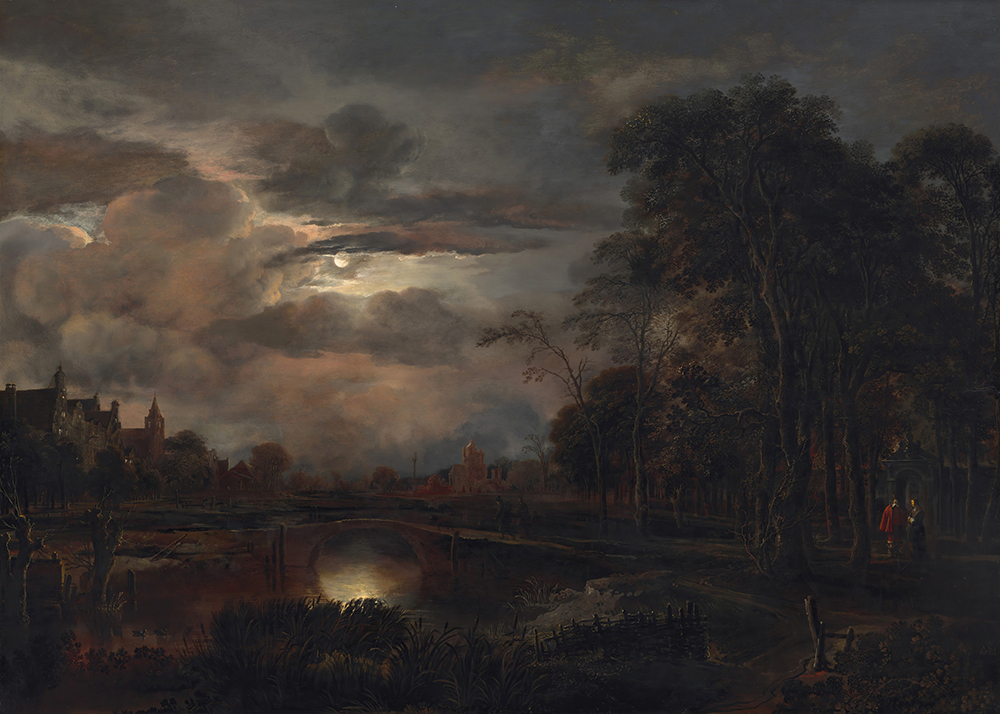True darkness, it turns out, can be experienced but does not exist. If you have been down a deep mine where the guide tells you to turn off your lamp you will have seen – in not seeing – something close to it: an utter nothingness in which your body and mind seem to shrink and expand at the same time. On a school trip to Big Pit in South Wales my entire class fell into a moment of unprecedented and never-to-be-repeated silence, a gasped amazement at the disappearance and invisibility of ourselves. Just for a moment everything vanished – and then the whooping and squealing started.
This double impulse, of delight and terror, runs through Into the Dark, Jacqueline Yallop’s exploration of what she describes as ‘an anomaly… a non-existent state which most of us would claim to experience as a real thing’. Down that mine we were surrounded by light we could not see. According to quantum physics, Yallop explains, there is no true darkness. Photons exist throughout the known universe and beyond it. Nasa’s New Horizons spacecraft is now four billion miles from Earth and still picking up a glow from the darkest quadrants of space – either from undiscovered galaxies or another unknown origin.
Irish Gaelic has four different terms for the transition of afternoon to nightfall
Isaac Newton identified darkness as an absence of light; before him it was believed to be a force or entity, light’s opposite, a thing. And the thingness of darkness clings on. Our language for it evolved from the physical blackness of dark. ‘Pitch-dark’ comes from the tar used to waterproof wooden ships; pitch ‘reminds us that dark is viscous, tangible, impenetrable’, Yallop writes, while ‘dark’ itself seems to descend from Old High German tarchanjan, meaning danger, mystery, concealing.
The Greek skotos captures the way we often understand darkness, meaning both night’s blackness and misery’s gloom.







Comments
Join the debate for just £1 a month
Be part of the conversation with other Spectator readers by getting your first three months for £3.
UNLOCK ACCESS Just £1 a monthAlready a subscriber? Log in